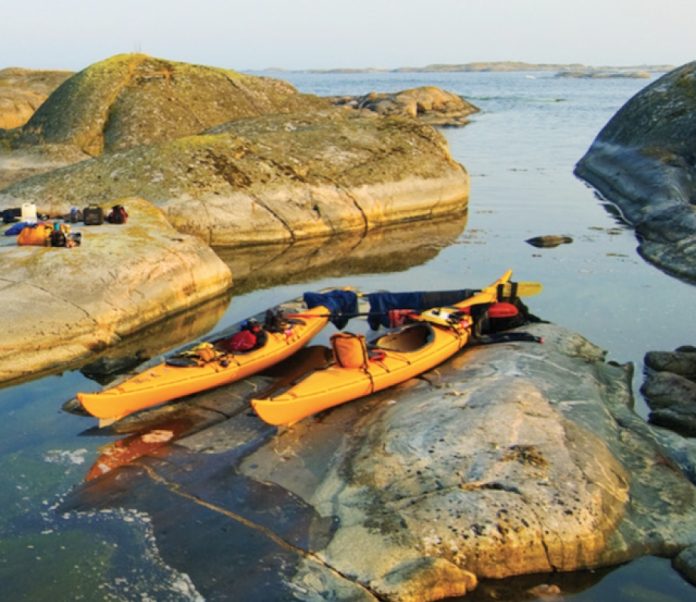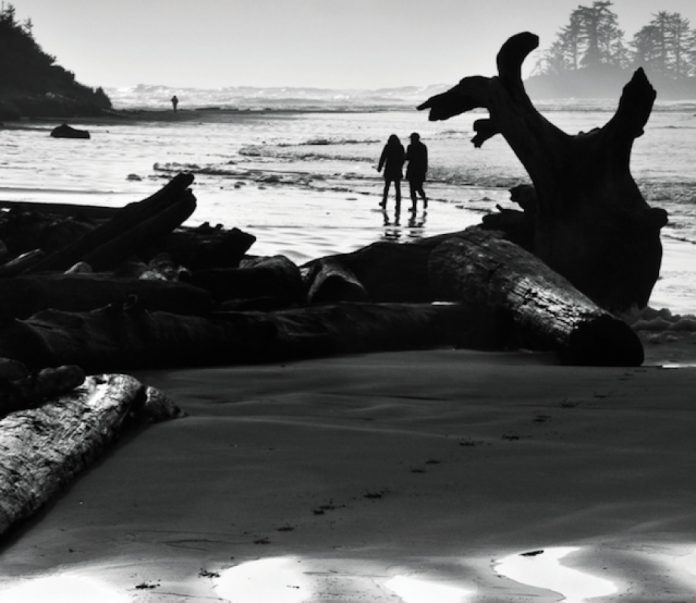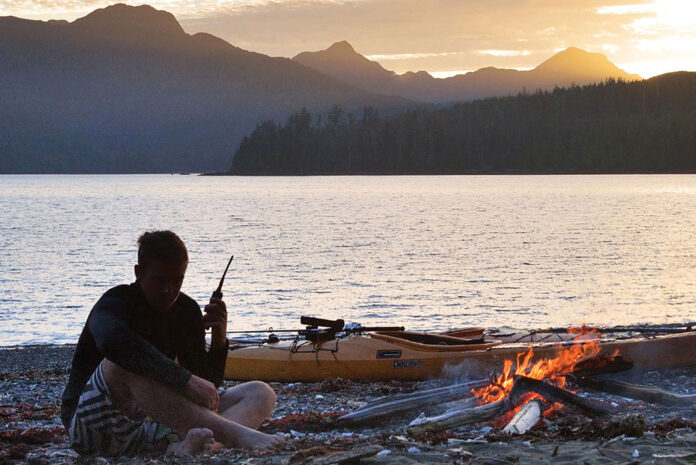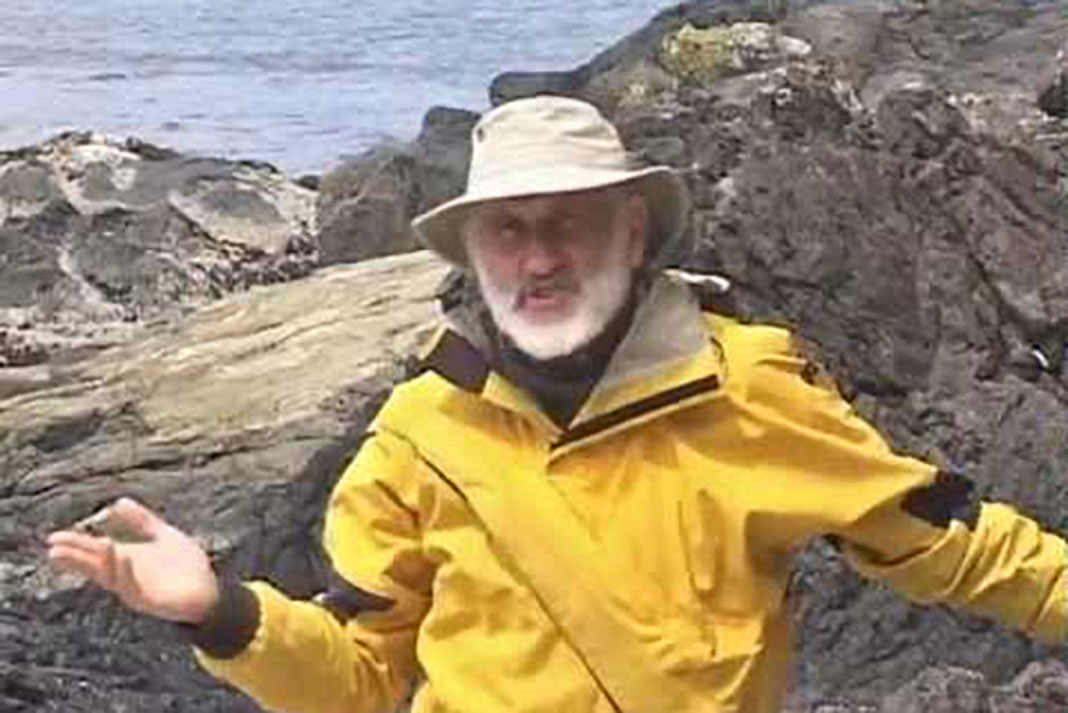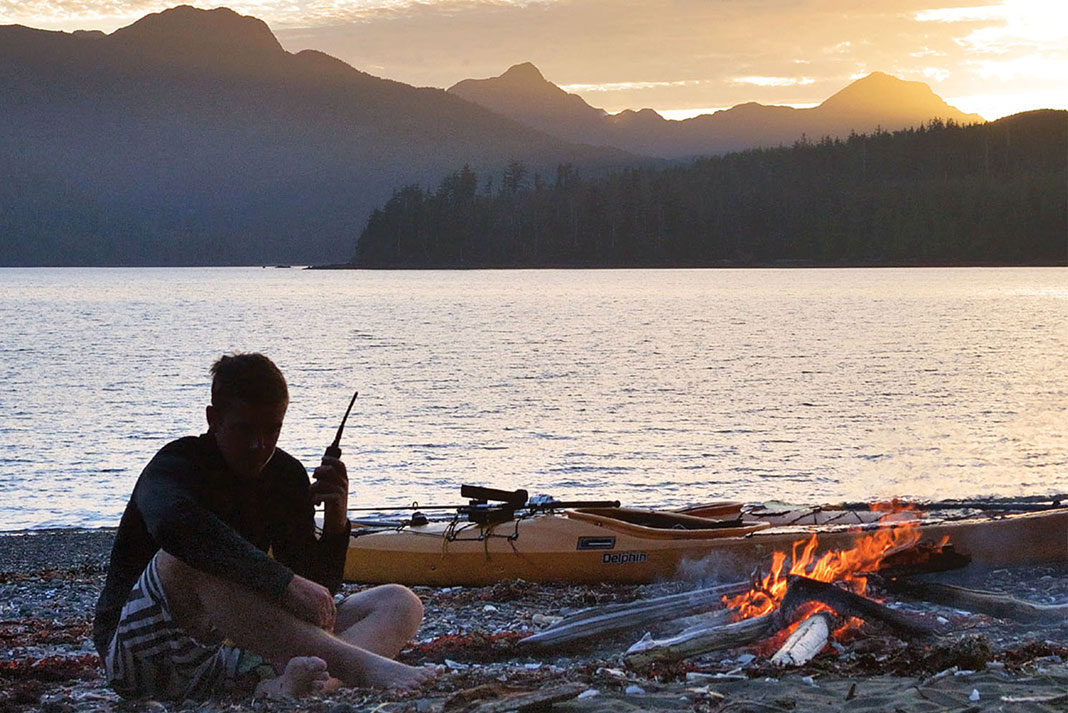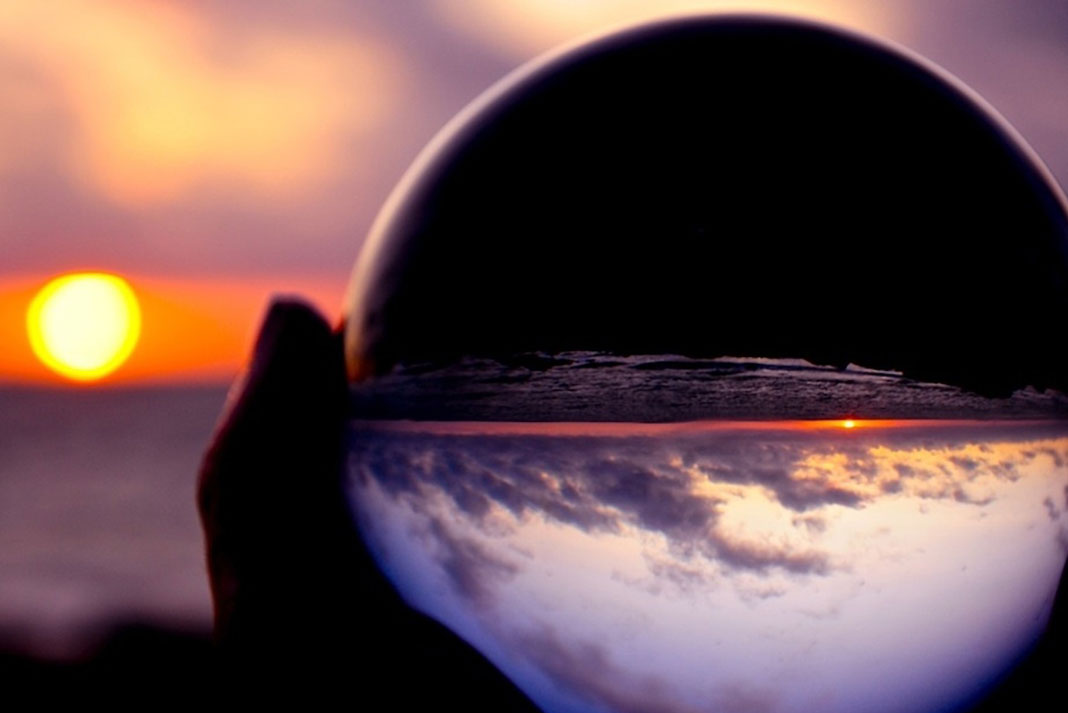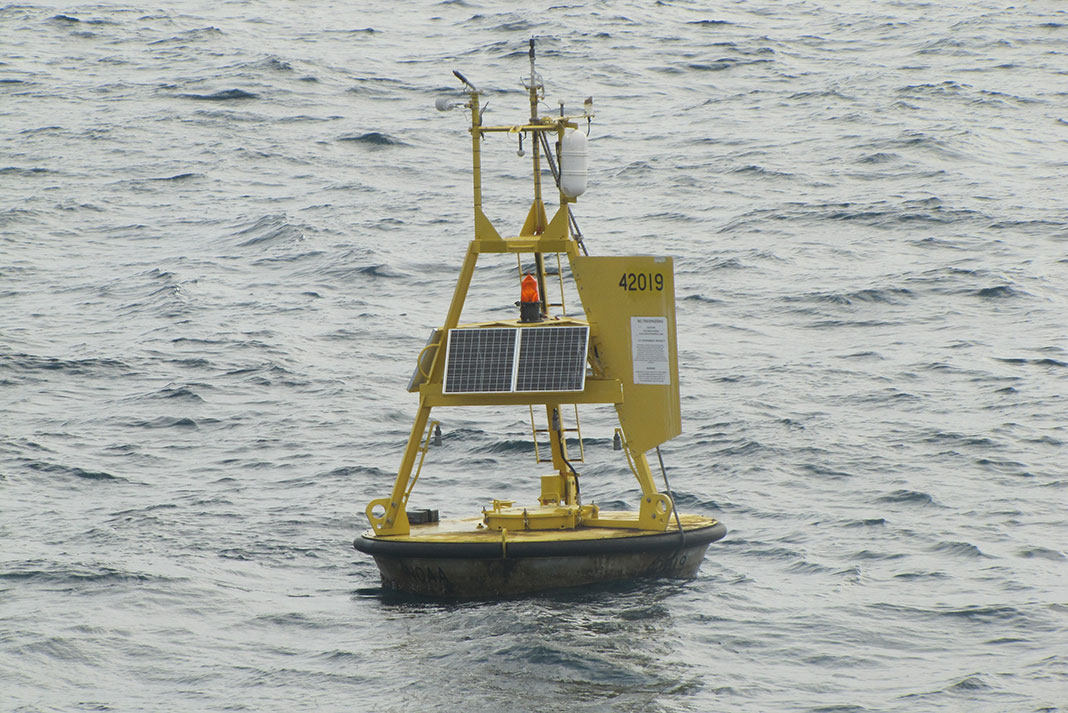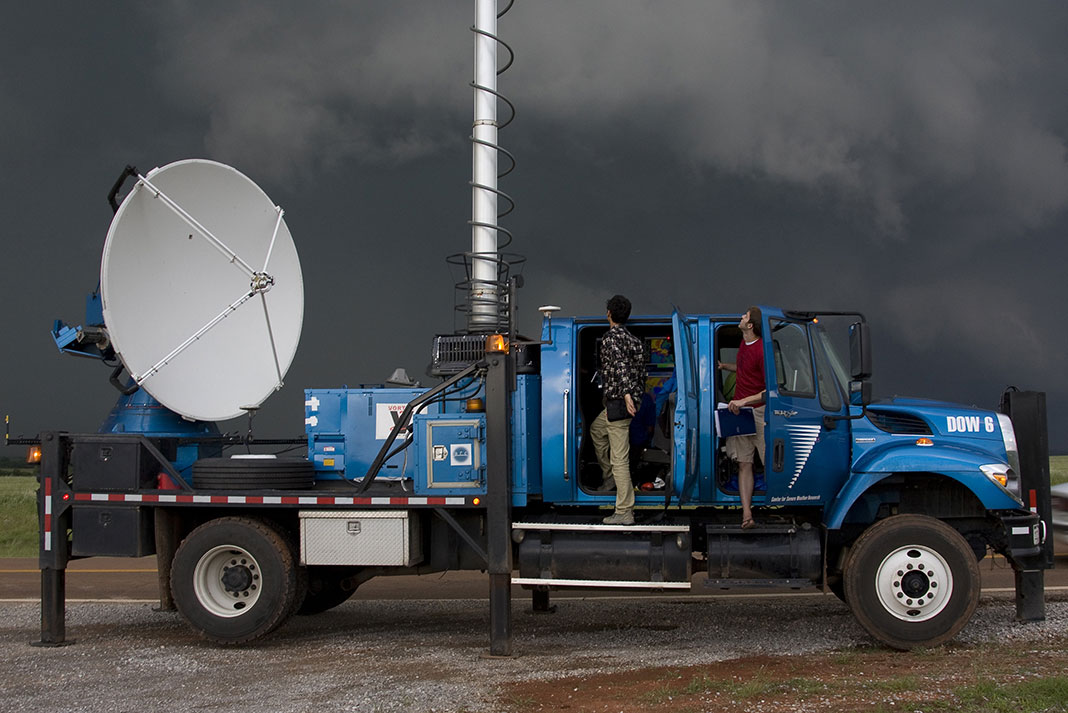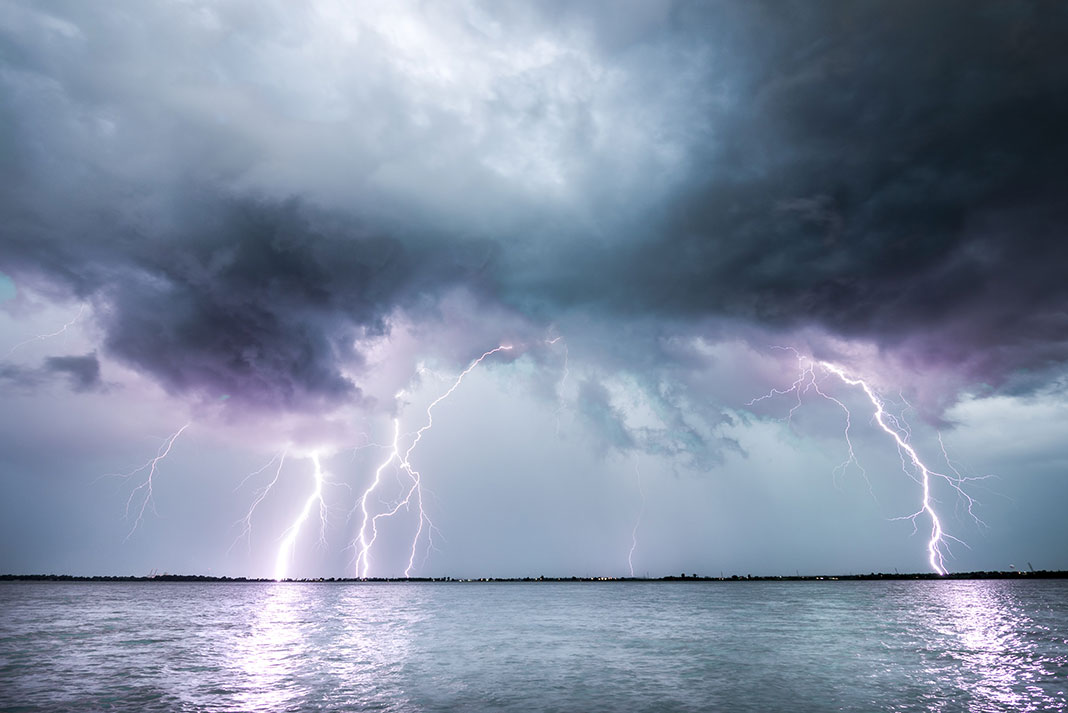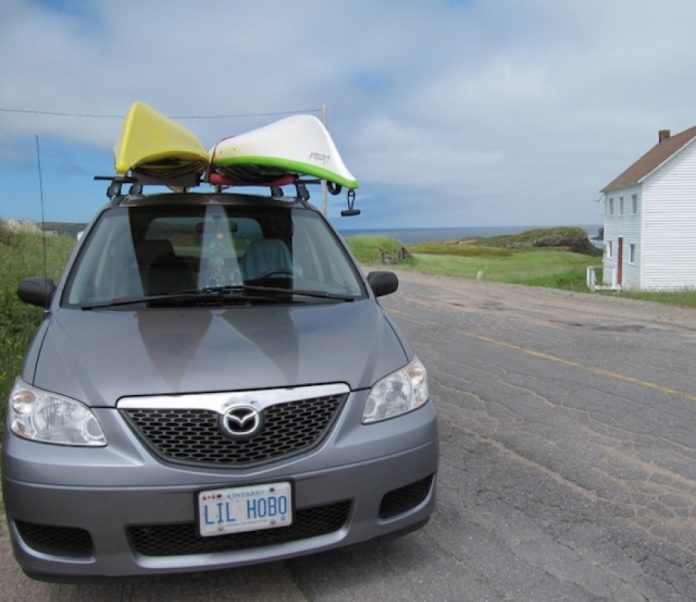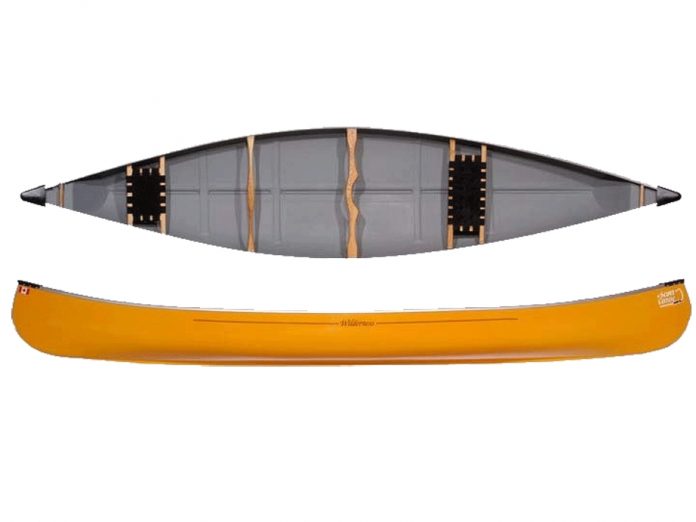Doug Ammons on Jeff West
The first time I had personal contact with Jeff West, he emailed me, asking about the Grand Canyon of the Stikine. At first I didn’t realize whom the letter was from, because it had the tone of a 12-year-old boy bubbling with enthusiasm about his dreams. There was an exclamation point at the end of every sentence.
“Dear Mr. Ammons, I’ve always wanted to run the Stikine! I’ve dreamed about it! I have kayaked for more than 15 years! I’m on the river all the time because I love it, and it’s also my job! Can you believe it? People pay me to teach them to kayak! That’s the greatest job in the world! I’m so lucky!”
The letter was vintage Jeff. You’d get the same thing if you met him for the first or the thousandth time, shook hands with this big handsome guy, saw his open smile and heard the breathless passion for paddling pour out without a hint of ego.
His bubbling enthusiasm was coupled with the intelligence, focus and power of a mature man. His can-do boyishness was charming, his sense of humor a hoot and somehow he was an innocent—loved every instant on the river, every instant off it and every person he ever met.
In the late 90s, as a top-level freestyler and creeker, he was invited by Scott Lindgren to join a team of all-stars, doing badass runs for classic hardcore paddling films like Burning Time. He was tempted, but said, “I realized that I loved teaching people to kayak. Paddling hard whitewater across the world is a dream, but I loved teaching on the Ocoee and staying in the southeast more.” Maybe it was a bad career move in some ways, but he was glad he made that decision. “It’s where I belong. It’s what I love doing.”
It was also where his mother Barbara lived. Listening to him talk about his mother was a treat by itself. There was love and gratitude in every word. “I owe everything to her. She gave up her marriage and own comfort to lead me into the outdoors when I was young, and supported me in everything no matter what. All the things I love about kayaking and nature come from what she did.”
Jeff did more vertical miles in a day than anybody ever has. He took this difficult and obscure feat in paddling and made it into an aesthetic goal. Green Truss of the White Salmon, Green River in North Carolina, West Prong and others scattered around the states. Last August, we met on the North Fork of the Payette, warmed up on several sections, then he did a vertical mile. Up through August he had eight of them, with another six planned for the coming year.
We talked a lot before our trip to the Stikine last fall, in between his 70-hour weeks of teaching. We continued the talks on the long drive up north. In the months before we left, he lost two brothers to cancer, then a close friend in a kayaking accident. A week before he flew to meet me in Missoula, his father died of cancer. Jeff himself had a serious health condition despite being in extraordinary physical condition. Even in the face of the huge emotional upheaval from all this, he was focused and coherent, earnest and funny.
Perhaps he was trying to fill his loss with a deep drive to find inspiration to live. He was facing a major change in his life due to his health problems and seemed to be squeezing everything he could out of every moment. Or maybe he was just being Jeff.
It seemed he was determined to replace his sadness with his passion for kayaking and the beautiful intensity of hard whitewater. The Stikine was top on that list. All his incredibly hard work, all the skills he had, all the fire and passion within him led him to that river.
How do you say goodbye to a friend you admire so much? The smile and the laugh, the innocence and enthusiasm. The strength and skill. How do you say goodbye to Superman? By remembering what he was like in life.
September 2012: Stikine River, BC
On September 8, 42-year-old Jeff West joined Stikine pioneer Doug Ammons for a run of the Grand Canyon of the Stikine. Ammons was heli-evaced after taking a nasty swim at Pass/Fail rapid. After ensuring Ammons’ safety, West completed the remaining 70 percent of the canyon on his own.
This was West’s second trip to the unrivaled 52-mile section of high-volume, class V+ Sti- kine, following his 2010 expedition with Todd Wells and Erik Boomer. That trip saw the trio complete a single-day descent by kayak. Ammons was the first to complete a solo run over three days in 1992.
September 10, two days after his descent with Ammons, West set out alone to attempt the first solo one-day run of the Stikine. His last words to Ammons were, “Just think of all that amazing whitewater in there. I can’t believe I’m about to have the privilege
to run it.” Then he paddled off into the rain.
Three hours after he started, another expedition spotted him portaging Site Zed, the crux rapid of the Stikine and a third of the way through the canyon. West failed to make the takeout by nightfall.
The following day, the Dease Lake Royal Canadian Mounted Police detachment received a report that West’s body had been found floating in an eddy about a mile above Wolftrack Rapid, entering the final third of the canyon.
Fellow paddlers supported his decision to undertake the solo single-day run, trusting West’s judgment and strength as a kayaker. Unusual features due to the water level were also reported. Because West was alone, it remains unclear exactly what happened on the river that day.
Tributes and Memories from Friends and Fellow Paddlers
JOE JACOBI
Olympic gold medalist and current CEO of USA Canoe/ Kayak was a student of West’s.
“In 2006, Jeff helped certify me to become an American Canoe Association instructor. Coming in, I felt the clinic was somewhat of a formality for me but Jeff challenged my ideas and helped me to see instructional concept from a new perspective. Those four days learning from Jeff six years ago put me on a path of innovation and creativity in instruction that I still carry forward today in promoting the sport.”
KAT LEVITT
Kat Levitt became friends with West in the late ‘90s, spending countless days together on the Ocoee.
“My first season on the Ocoee, Jeff convinced me I was ready to paddle the Green. Mostly, I think he wanted me to drive there in my SUV. As broke raft guides, our trip was doubtful. We rummaged through our cars and the Ace couch for money. I hit the jackpot, finding a $50 savings bond in my glove box. I cashed it in, filled the tank and off we went. I survived my run, wearing flip-flops and no elbow pads. That night, we ate burritos and ice cream cones, and watched Godzilla at the dollar cinema. I’ve never felt more alive.”
TODD WELLS
Top expedition boater Todd Wells first paddled with West on the Stikine in 2010.
“Paddling the Stikine had been on Jeff ’s bucket list for a long time and all summer he had been doing attainments on the Ocoee and laps on the Green with a 35-pound dumbbell strapped inside his kayak. Erik Boomer was the third member of our team and would be leading our way. Jeff had been one of Boomer’s main mentors growing up, taking him on his first trip down the Grand Canyon, and Boomer had been one of mine, teaching me the fundamentals of kayaking throughout my teenage years.
“When we finally put on the river, every rapid felt bigger and more ex- citing than the last. At Site Zed, we decided to portage the top of the rapid and run the ABC Line down the bottom portion. Boomer wanted to take photos, so it was now up to Jeff and I to navigate our way downstream.
Jeff led the charge, peeling out of a small eddy with powerful forward strokes. I followed close behind. We were each other’s only means of safety. I’d never before felt as happy and satisfied as I did when I got to the bottom of Site Zed with Jeff, and I think he felt a similar sensation.
“The day after we took off the river, we explored some tributaries and somehow decided that the following day we were going to attempt a one-day decent of the Stikine. Boomer and I slept through our 5:30 alarm, but Jeff, already in his paddling gear, was quick to wake us up and get us on our way. We put on the river before six surrounded by an eerie fog. When the sun came up we paddled through Entry Falls and started our daylong adventure. That day on the Stikine was the best single day of paddling I’ve ever had. I was glad to share it with Jeff and it’s a memory that will last forever.”
DAVID LEVITT
Longtime friend and fellow creeker, David Levitt logged three vertical-mile-in-a-day runs with West.
“Parked at 10,000 feet and surrounded by snow, our water bottles were freezing into solid blocks of ice. Snug in zero bags, wearing our boating layers and enveloped in total darkness, we awakened to the sounds of pounding on the truck window. It was not going to stop until we emerged and geared up. Jeff was awake and ready to start paddling. In a matter of moments, folded peanut butter sandwiches were stuffed into mouths. Boats were being dragged down the trail before daylight began to break.
“On the water, it was understood that quick glances over the shoulder while we stayed in the flow were the norm. We didn’t race, but paddled the flats and rested in the rapids, making well-timed strokes as needed. We watched each other’s backs, but did not eddy out without a clear purpose or need. There was no stopping for a drink or snack. Water and food were on the shuttle. In the case of something really big, like Stairway to Heaven on Bear, the leader would float for a moment to check that the guy behind him was in control at the bottom. Then into the next drop we headed. There were few words at those times, but Jeff ’s ideas and strategy were behind it all. He motivated, inspired, encouraged, and sometimes demanded things of us. He was our coach, mentor, teammate and friend.”
CHRIS TOWNSEND
West and Chris Townsend first got to know one another on a 1999 trip down the Grand Canyon of the Colorado.
“Jeff West and I traveled the southeast and abroad experiencing the best the natural world has to offer. Jeff was already a world-class kayaker when we met. However, over the years I watched him develop every ounce of physical and mental ability. I have never seen an athlete push himself as hard as Jeff West. In the last two years of his life, he left most of us behind; we simply could not keep up with him.
“After his first successful decent of the Stikine, he started paddling alone more frequently. Many of his paddling friends took phone calls from Jeff while he was on Bear Creek. He was having such a good time, he had to share it with someone.
“The most interesting observation about Jeff may have been his lack of desire for notoriety. He very rarely acknowledged any of his accomplishments and when people brought them up, he was dismissive. He would much rather be talking about his next mission.”
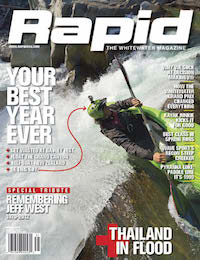 This article first appeared in the Spring 2013 issue of Rapid Magazine. For more great content, subscribe to Rapid’s print and digital editions here.
This article first appeared in the Spring 2013 issue of Rapid Magazine. For more great content, subscribe to Rapid’s print and digital editions here.
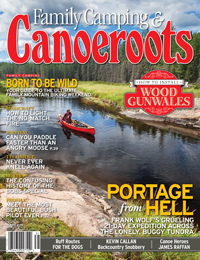 This article first appeared in the Spring 2013 issue of Canoeroots Magazine.
This article first appeared in the Spring 2013 issue of Canoeroots Magazine.




 This article first appeared in the Spring 2013 issue of Rapid Magazine. For more great content, subscribe to Rapid’s print and digital editions
This article first appeared in the Spring 2013 issue of Rapid Magazine. For more great content, subscribe to Rapid’s print and digital editions 
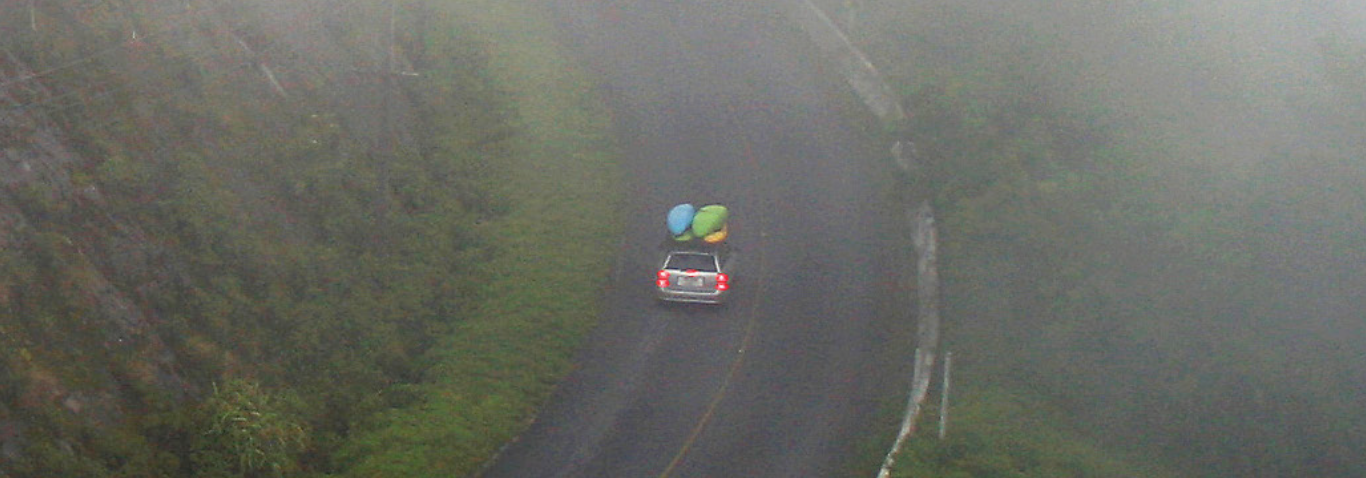
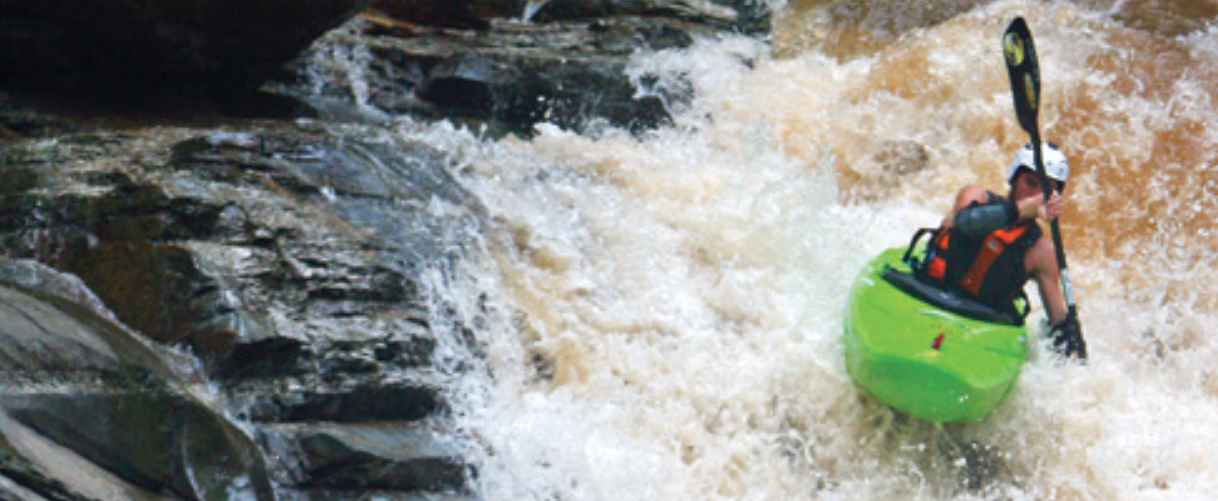
 This article first appeared in the Spring 2013 issue of Rapid Magazine. For more great content, subscribe to Rapid’s print and digital editions
This article first appeared in the Spring 2013 issue of Rapid Magazine. For more great content, subscribe to Rapid’s print and digital editions 
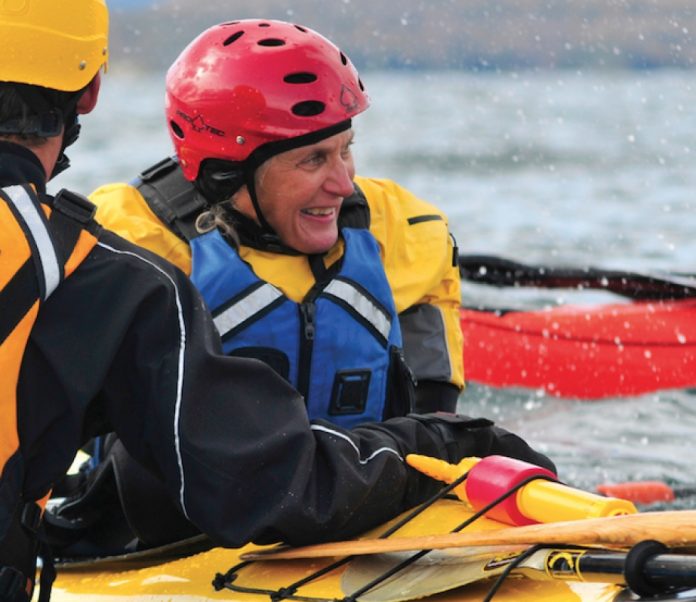
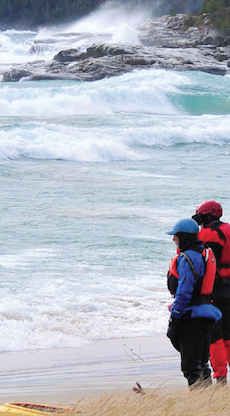 “I signed up for this by mistake,” Susan confides, her secret feeling safe within our intimate huddle. Nervous laughter sends puffs of condensation into the chill air. We’re pressed beneath a malevolent sky, shoulders braced against a biting wind that cuts through our layers of fleece and wool, Gore-Tex and neoprene. Booties crunch on pea gravel coagulated with ice as we bob up and down, trying to get warm. Susan is the only one who’s said it, but I scan the pinched faces of the others, wondering if I will see it written there. Mistake.
“I signed up for this by mistake,” Susan confides, her secret feeling safe within our intimate huddle. Nervous laughter sends puffs of condensation into the chill air. We’re pressed beneath a malevolent sky, shoulders braced against a biting wind that cuts through our layers of fleece and wool, Gore-Tex and neoprene. Booties crunch on pea gravel coagulated with ice as we bob up and down, trying to get warm. Susan is the only one who’s said it, but I scan the pinched faces of the others, wondering if I will see it written there. Mistake.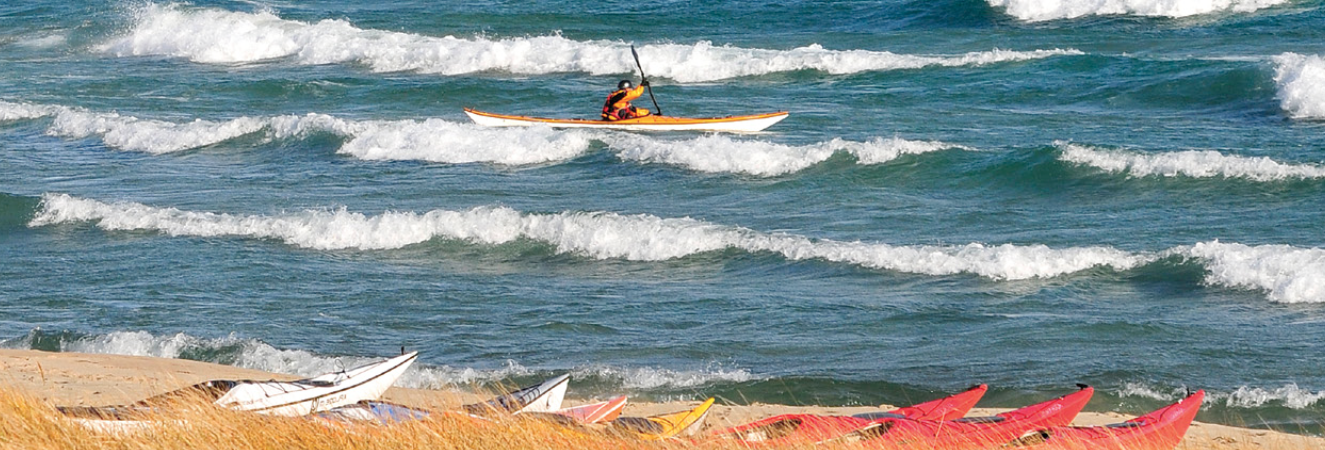
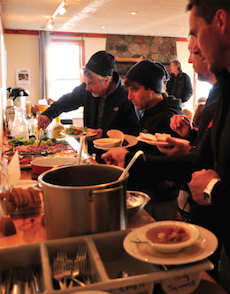 Wikle is expecting 40 participants for the rough-water weekend, and when they join the nearly 20 coaches in the lodge’s dining room for lunch, the scene resembles a crowded school cafeteria. Or a class of ’83 reunion— the demographic at Gales is typical for sea kayaking; clearly adrenaline-charged surfs aren’t just a young person’s game.
Wikle is expecting 40 participants for the rough-water weekend, and when they join the nearly 20 coaches in the lodge’s dining room for lunch, the scene resembles a crowded school cafeteria. Or a class of ’83 reunion— the demographic at Gales is typical for sea kayaking; clearly adrenaline-charged surfs aren’t just a young person’s game. Sunday morning, sudden squalls alternate with sunshine and whitecaps are building beneath the schizophrenic sky. Superior has kept the coaches on their toes all weekend. Every day begins with an instructors’ planning meeting—a dozen of the international sea kayaking community’s brightest luminaries gathered around a battered wooden table and blazing woodstove in the lodge’s steamy kitchen. As you might expect, there’s plenty of discussion: stay and play at the river mouth? Carpool to a nearby beach? Or try to paddle to the beach?
Sunday morning, sudden squalls alternate with sunshine and whitecaps are building beneath the schizophrenic sky. Superior has kept the coaches on their toes all weekend. Every day begins with an instructors’ planning meeting—a dozen of the international sea kayaking community’s brightest luminaries gathered around a battered wooden table and blazing woodstove in the lodge’s steamy kitchen. As you might expect, there’s plenty of discussion: stay and play at the river mouth? Carpool to a nearby beach? Or try to paddle to the beach?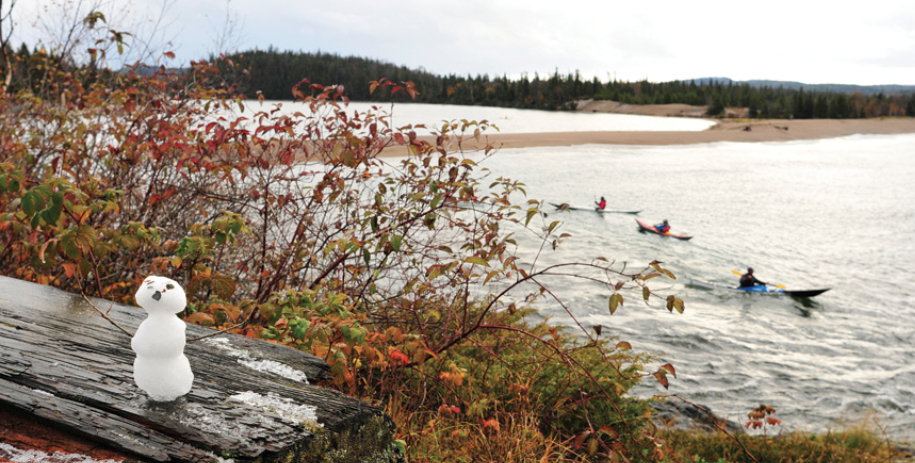
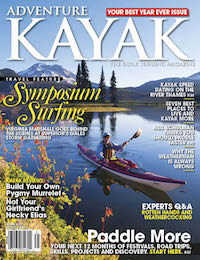 This article first appeared in the Spring 2013 issue of Adventure Kayak Magazine. For more great content, subscribe to Adventure Kayak’s print and digital editions
This article first appeared in the Spring 2013 issue of Adventure Kayak Magazine. For more great content, subscribe to Adventure Kayak’s print and digital editions 